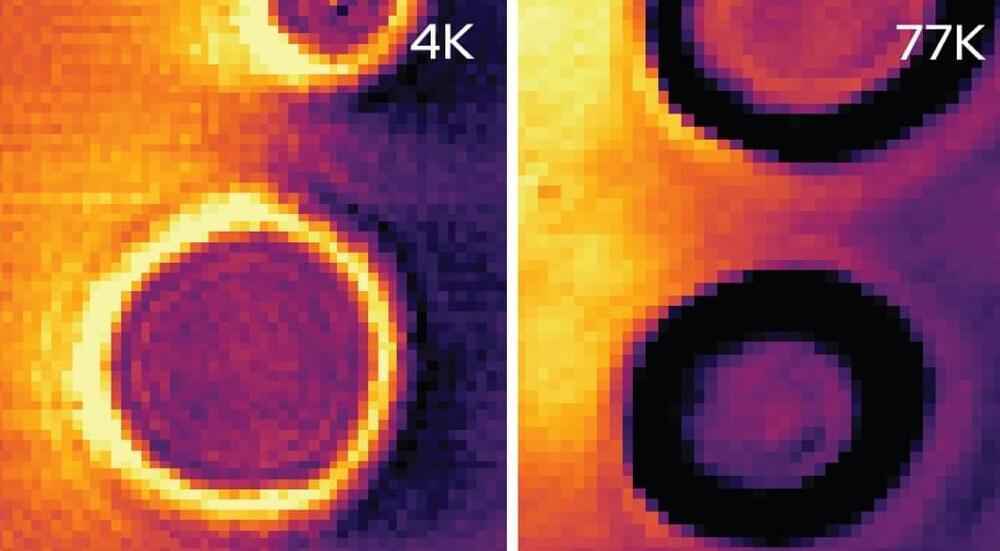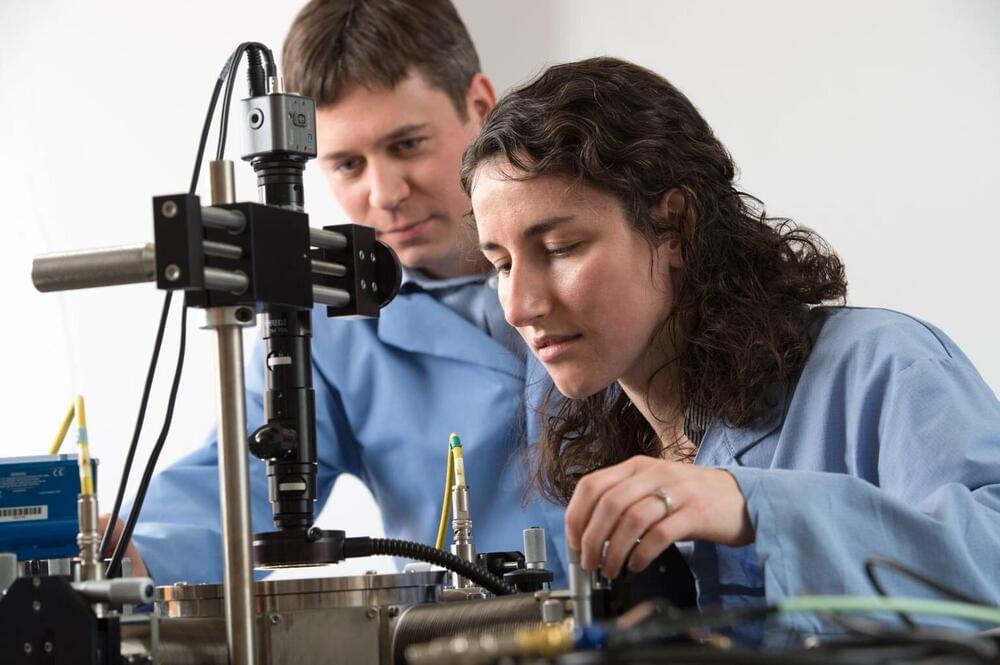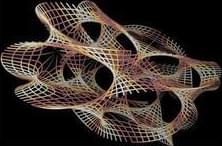Two groups demonstrate innovative ways to capture the ultrafast motion of electrons in atoms and molecules.
Electrons move so quickly inside of atoms and molecules that they are challenging to “capture on film” without blurring the images. One way to take fast snapshots is to ionize an atom or molecule and then use the released electrons as probes of the cloud out of which they originate. Now Gabriel Stewart at Wayne State University in Michigan and colleagues [1] and Antoine Camper at the University of Oslo in Norway and colleagues [2] have improved this “self-probing” technique. The demonstrations could lead to a better understanding of the electron motion that underpins many fundamental processes.
Scientists need to complete three key tasks to measure the evolution of an electron cloud that moves and changes on an ultrafast timescale. The first is to exactly record the beginning of the evolution—analogous to pressing “start” on a mechanical stopwatch. The second is to track how much time has gone by since the starting event—analogous to precisely measuring the ticking of the stopwatch’s second hand. And the third is to take a quick snapshot of the electron cloud so that it looks frozen in time.





